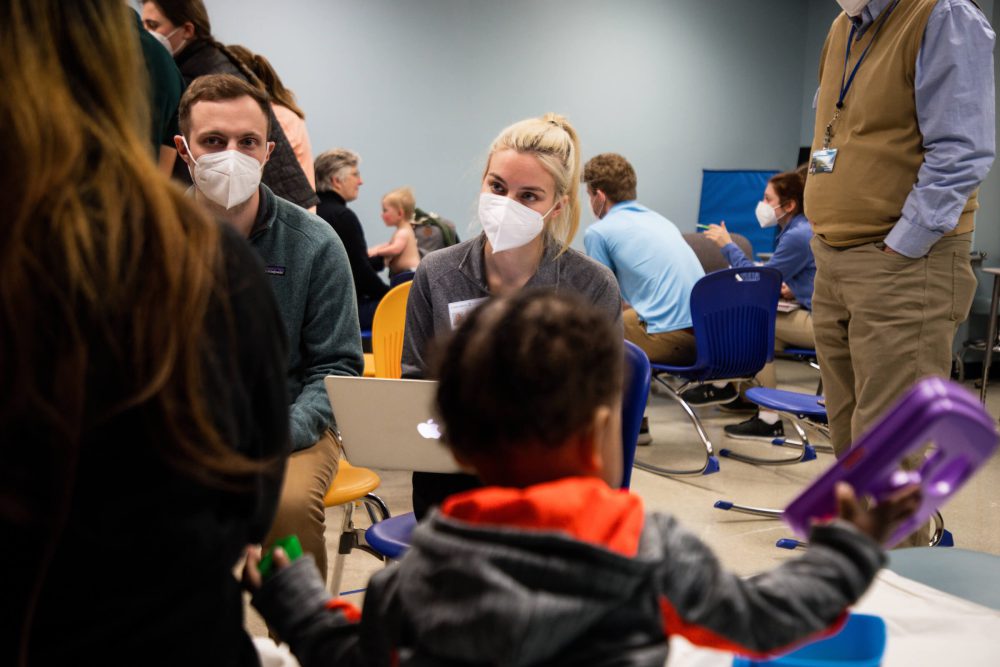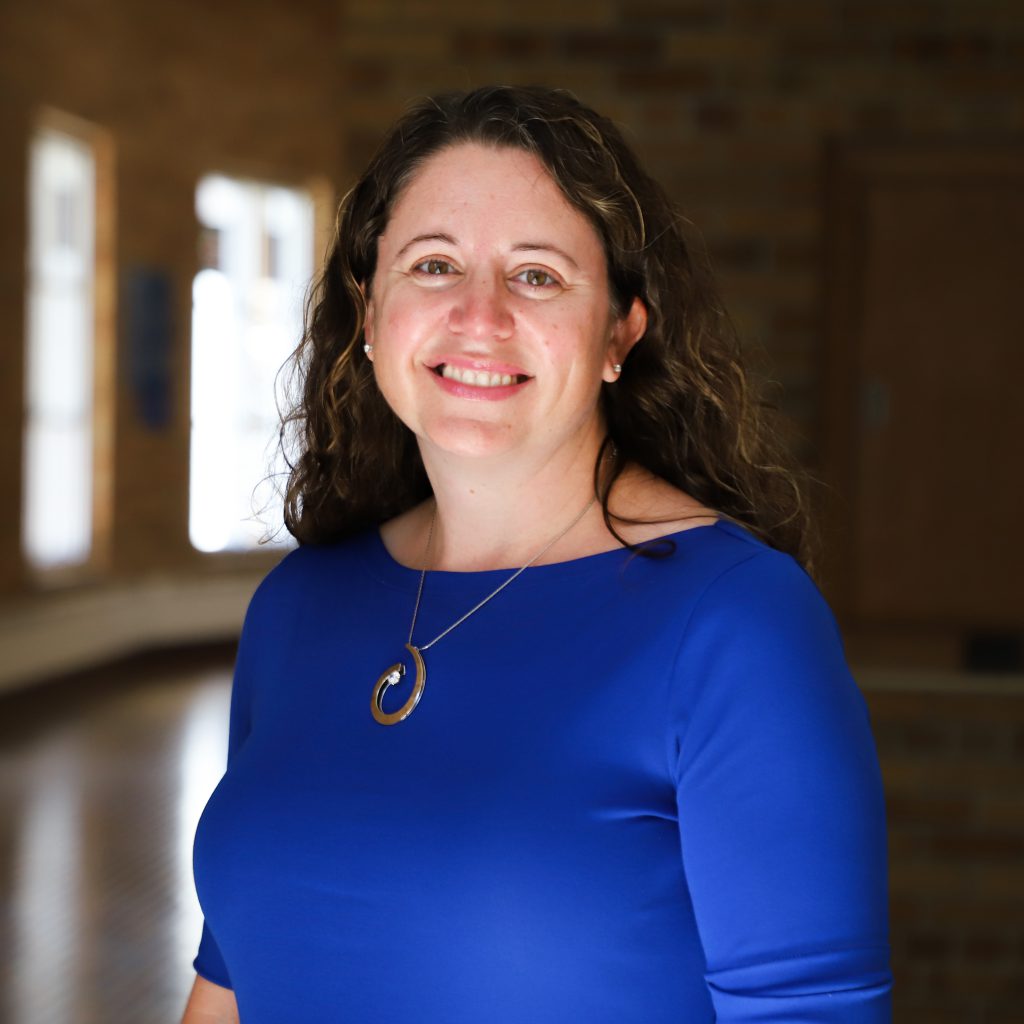
Graduating from your undergrad program to Physical Therapy school brings exciting learning opportunities in a variety of formats. Some you may already be familiar with, such as textbook readings and faculty lectures. Physical therapy, however, is a field that also requires hands-on experience and practical skills. One of the most effective ways to learn these skills is through experiential learning.
What is experiential learning?
Experiential learning involves hands-on experiences that allow you to apply what you’ve learned in the classroom to real-world situations. A powerful tool for developing practical skills, problem-solving abilities, and critical thinking, experiential learning is a necessary part of the physical therapy curriculum. By working with patients and addressing their unique needs and challenges, students learn to adapt their skills and techniques to different situations. This helps them become better prepared to handle the unexpected patient needs working physical therapists have learned.
What does experiential learning look like?
Compared to your undergrad programs, “labs” in Physical therapy programs might look a little different. Physical therapy programs call in-class experiential learning opportunities “labs”. A good example are chemistry labs, where you conduct chemical experiments while someone watches. Similarly, in a PT lab students work with classmates to role-play and act out situations. Lab simulations develop technical skills, expose you to different types of equipment, and allow you to modify exercises for patients with different abilities and conditions.
What about clinical education?
Clinical education may be the most important part of experiential learning. Clinical education involves full-time immersion in a variety of clinical settings to complete your learning. This year, the CUW PT program moved many of the practical labs into the new Inter-professional Clinic. The on-campus clinic is always ready to use and allows students the space needed for active role-playing and realistic simulations. Experiential learning with healthy classmates is a starting point to develop your skills.
Another way students develop practical tools is by working with community members in the Inter-professional Clinic. Students have the opportunity to address the same conditions they are learning about in the classroom. Reflection is also an important aspect of Experiential Learning. Students grow by reflecting on their performance related to intellect, technical skills, interpersonal communication as well as feelings. To help students complete their reflection, we hold “debriefs” after our sessions with community members. This is a time for students to reflect on their faith because they see how patients continue to live their lives despite impairments related to their conditions.
Here is a breakdown of other ways experiential learning goals are met:
Develops Critical Skills
One way experiential learning provides students with the opportunity to gain practical experience is through working with patients. This hands-on experience helps students develop skills by working to assess, diagnose, and treat a wide range of conditions.
Promotes Critical Thinking
Experiential learning encourages students to think critically about the problems they encounter while working with patients. By reflecting on their experiences and analyzing their actions, students can identify areas for improvement and develop more effective treatment plans.
Builds Confidence
Experiential learning helps students develop confidence in their abilities. By working with patients and seeing the positive impact their treatments can have, students gain a sense of satisfaction and accomplishment that boosts their confidence.
Fosters Professionalism
Experiential learning provides students with the opportunity to increase their professional presence. By working with patients and other healthcare professionals, students learn to communicate effectively, work collaboratively, and maintain a high level of ethical conduct.
Experiential learning is a crucial part of physical therapy education. Experiences help students prepare for full-time practice in a mentored environment. They reinforce knowledge and skills. They also help reduce students’ fears and anxieties because they encourage practice with “real” patients. Nothing can replace the opportunity to learn and grow in an active environment.
More questions about PT?
Check out some of our other blog posts about things like
- How Long is Physical Therapy School?
- What Does a Physical Therapist Actually Do?
- What’s the Difference Between an OT and a PT?
The School of Health Professions (SHP) offers a wide variety of accredited programs at both the undergraduate and graduate level. Our programs are provided in a variety of teaching formats (face-to-face, online, blended) and our curriculum emphasizes service to the community and inter-professional collaboration. Students are able to work with community members very early in their educational experience. Explore your options!

—Dr. Bennett shares her extensive (20+) clinical experience while teaching clinical application of adult neurologic rehab, pathological gait, and foundational skills.